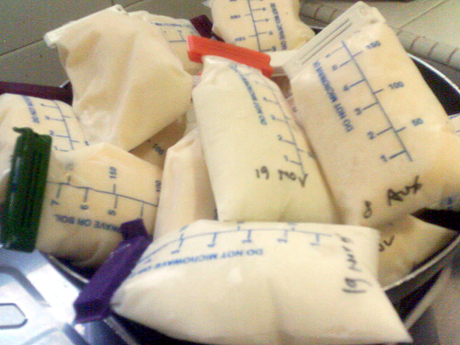Maternal HIV and Breastfeeding
In 2016 the United Nations Children’s Fund (UNICEF) and the World Health Organization (WHO) updated their guideline on infant feeding for mothers who live with Human Immunodeficiency Virus (HIV). Areas of the world with high HIV rates are more prone to high child mortality rates. The high child mortality rates can be decreased by exclusive breastfeeding during the first 6 months.
The last guidelines from UNICEF and WHO on maternal HIV and infant feeding were published in 2010. At that time, the guidelines recommended that mothers living with HIV should receive lifelong antiretroviral treatment to reduce HIV transmission thru breastfeeding. For settings where mothers are supported with ongoing antiretroviral therapy, breastfeeding mothers were encouraged to exclusively breastfeed their infants during the first 6 months of life, with the addition of complementary foods and continued breastfeeding for the first 12 months of life. The 2016 guidelines update this recommendation, encouraging mothers living with HIV who are fully supported with antiretroviral therapy to breastfeed for at least 12 months and may continue to breastfeed for up to 24 months or longer, similar to the general population.
Which statement is accurate within the 2016 Guideline Updates on HIV and Infant Feeding by UNICEF and WHO?
- Mothers living with HIV who take anti-retroviral therapy should not breastfeed if they mix feed, meaning that they give their babies formula and breastmilk in the first 6 months.
- A breastfeeding mother living with HIV who takes anti-retroviral therapy should not breastfeed if she plans to only nurse for 3 months.
- Mothers living with HIV who do not have access to anti-retroviral medication are safe to express and heat-treat their breastmilk for their babies.
- Infants who live with HIV must avoid the bacteria in breastmilk, so they require pasteurized breastmilk or formula.

